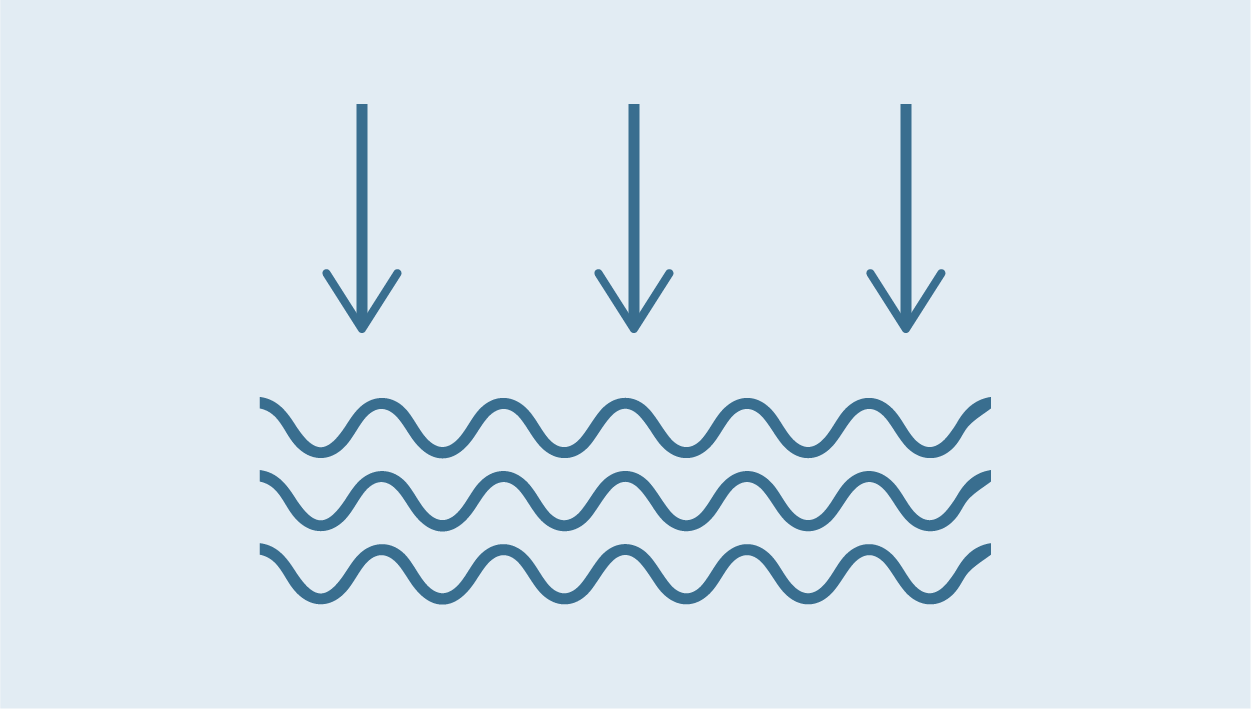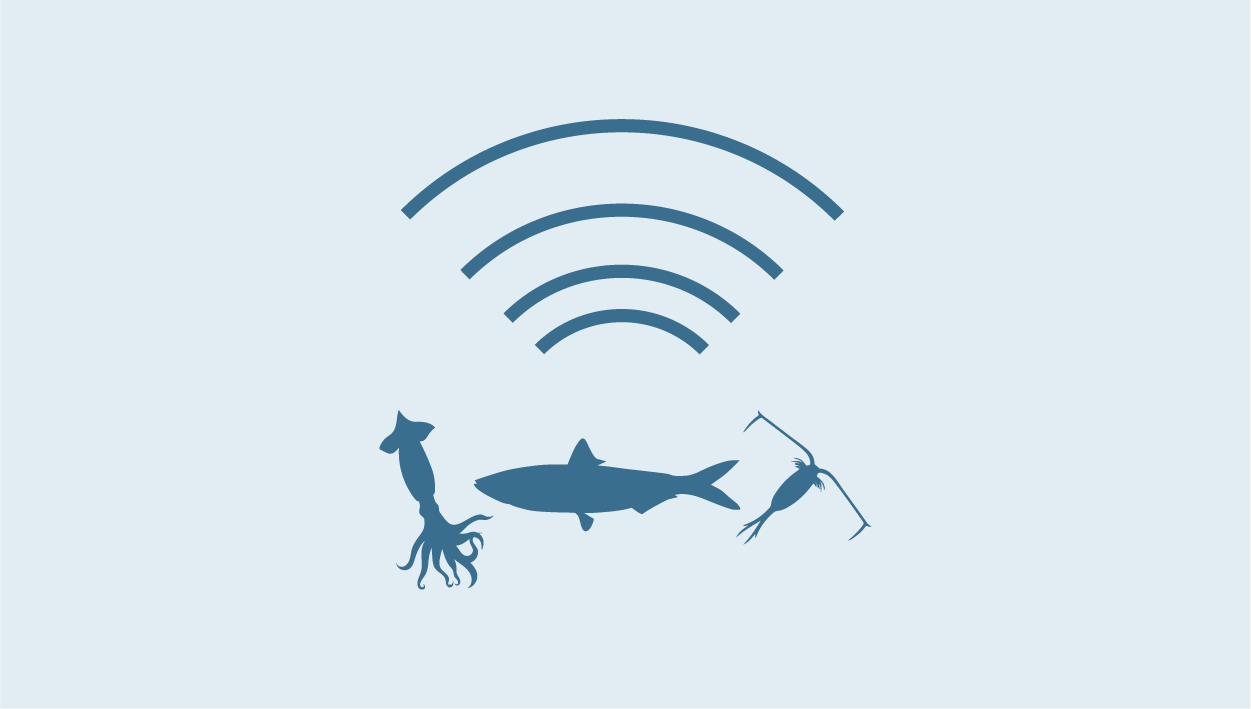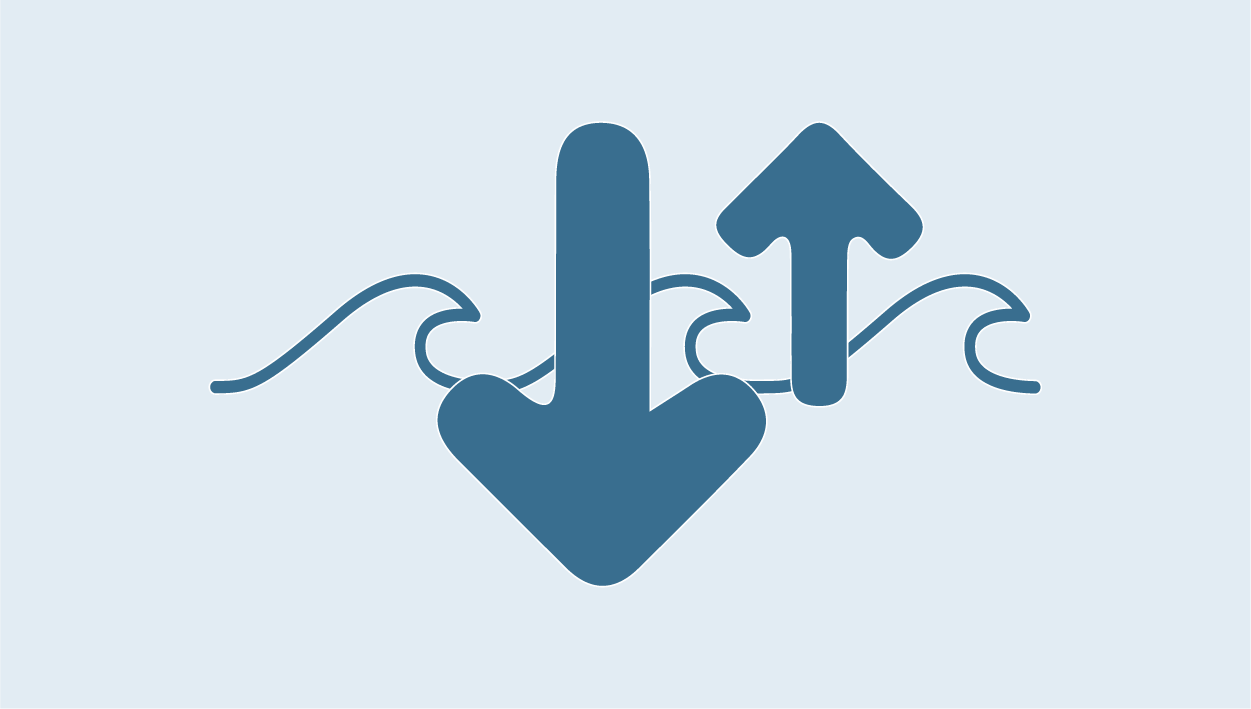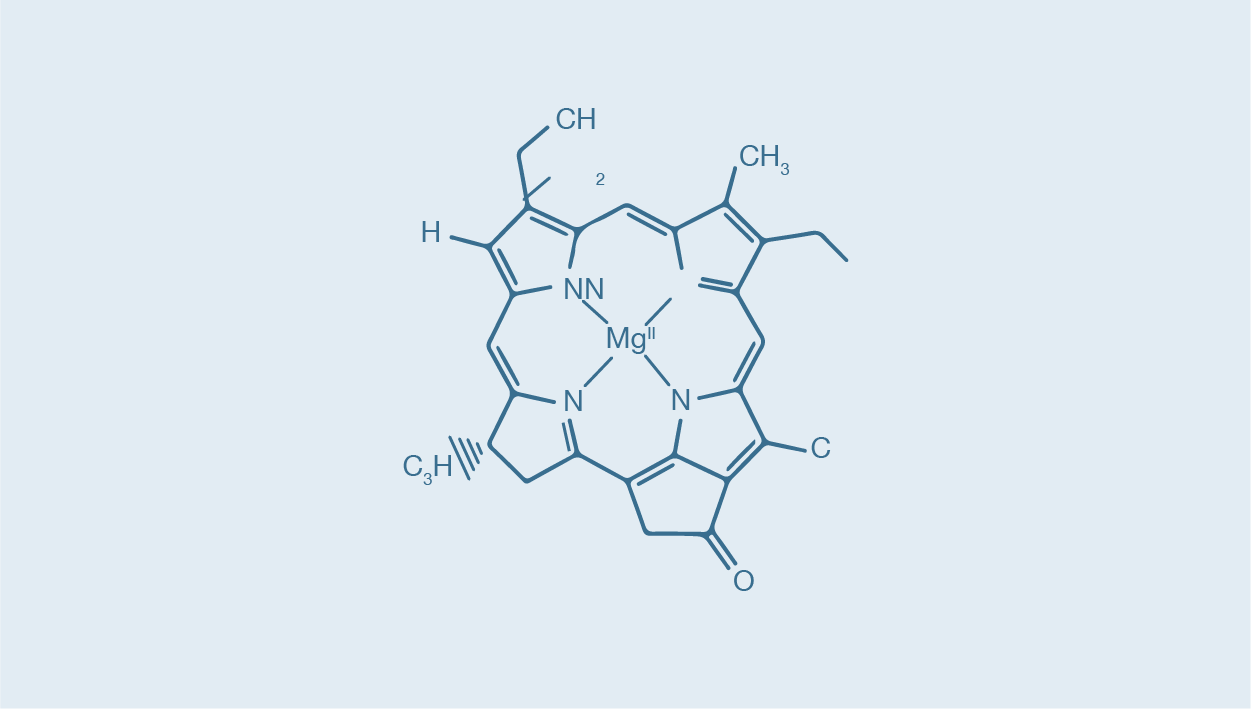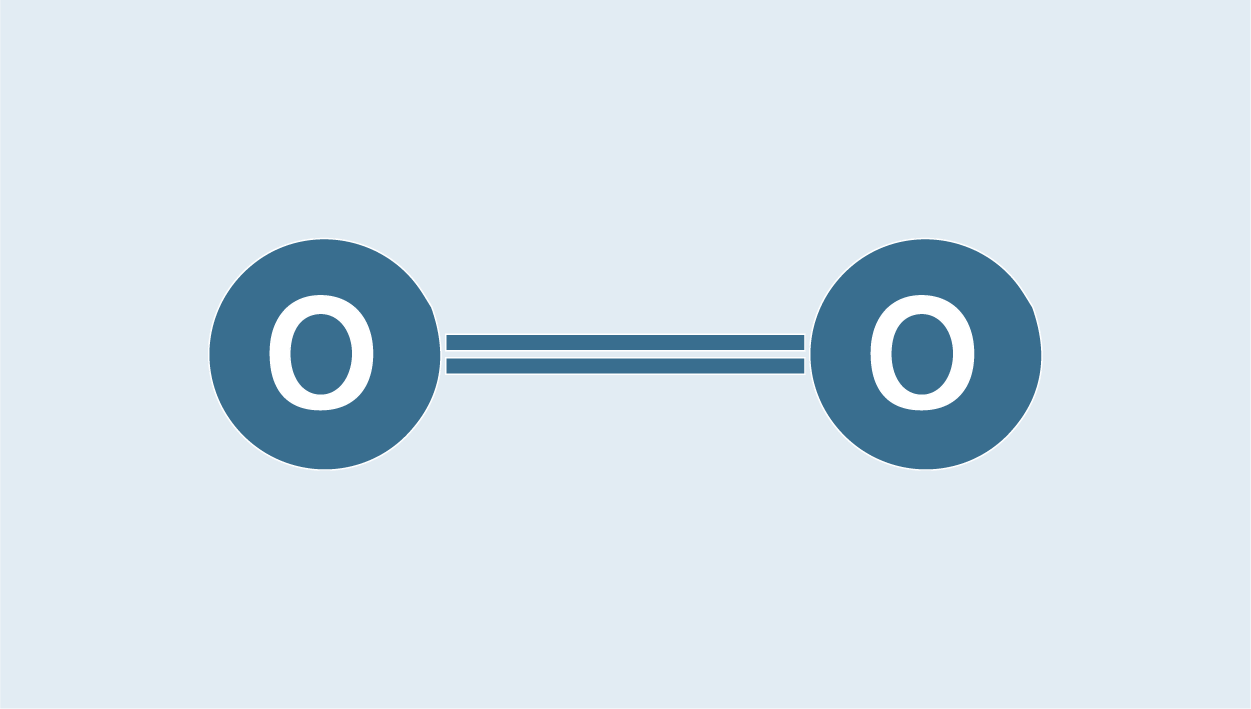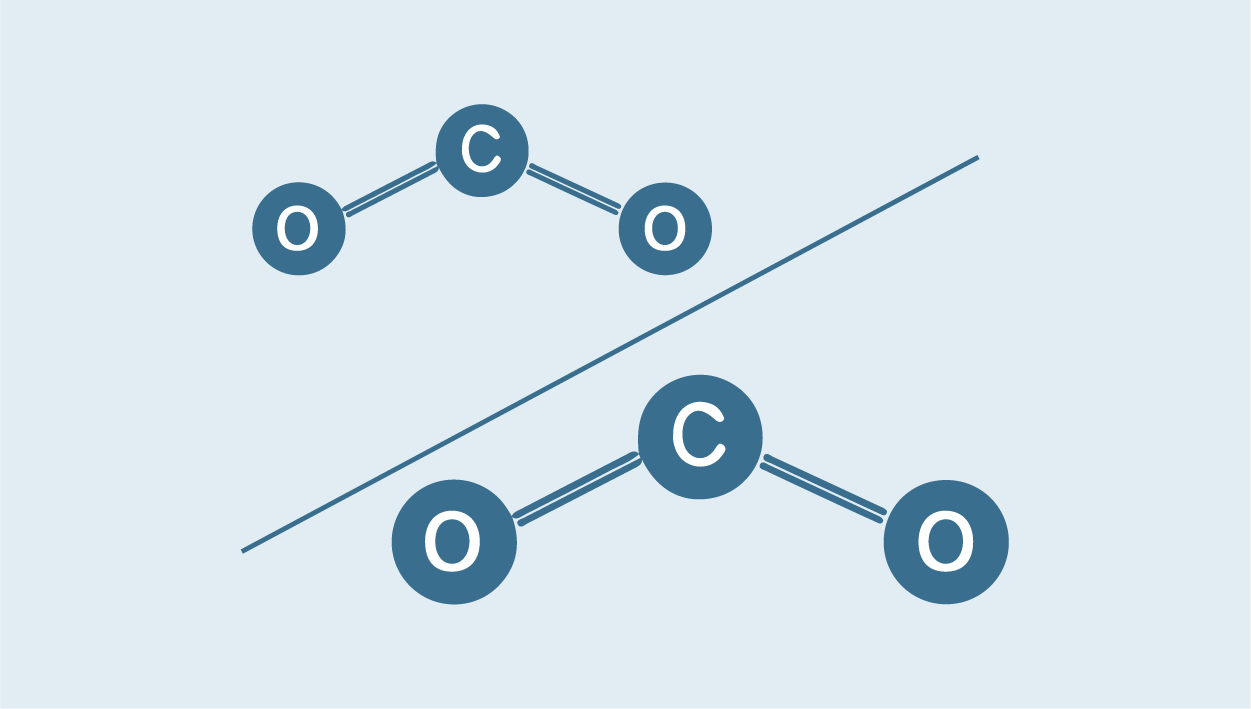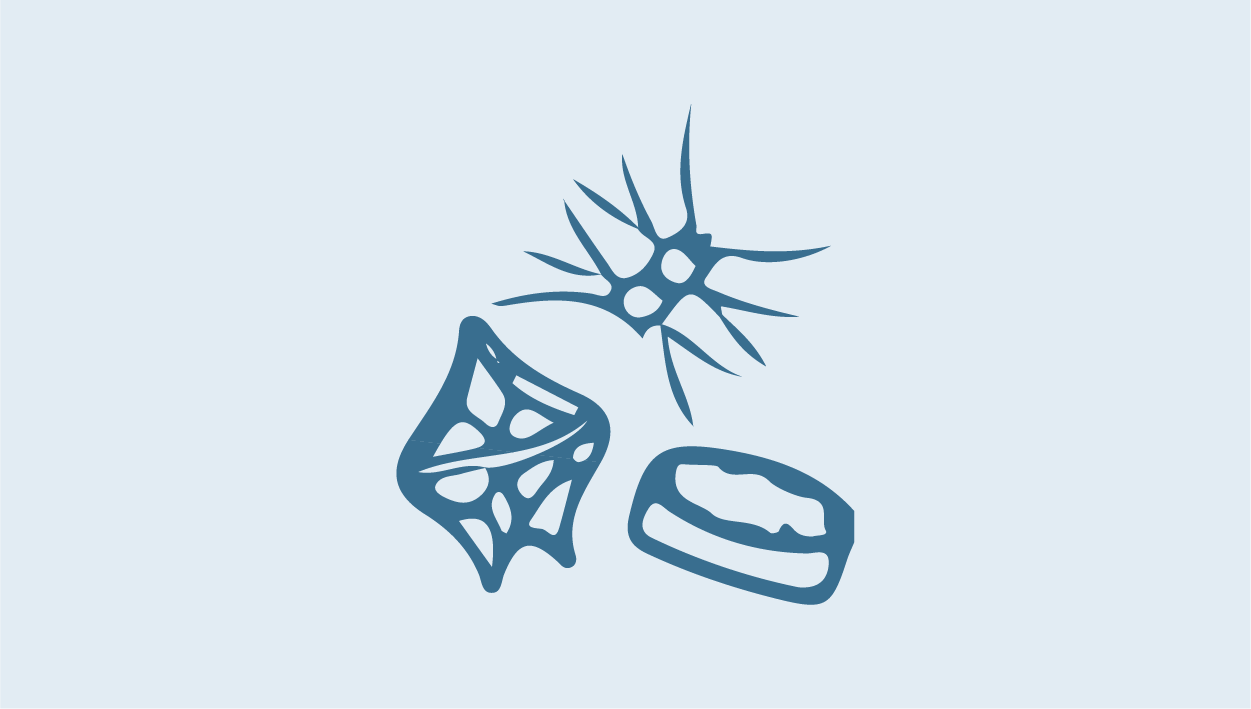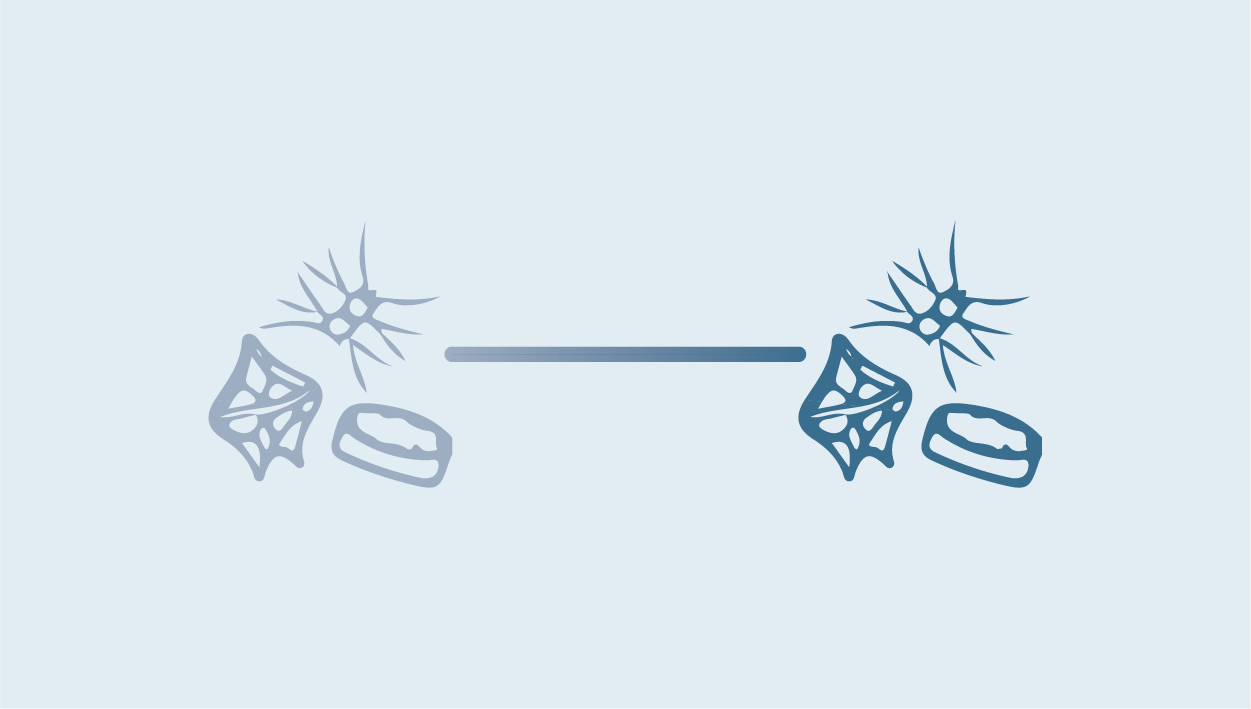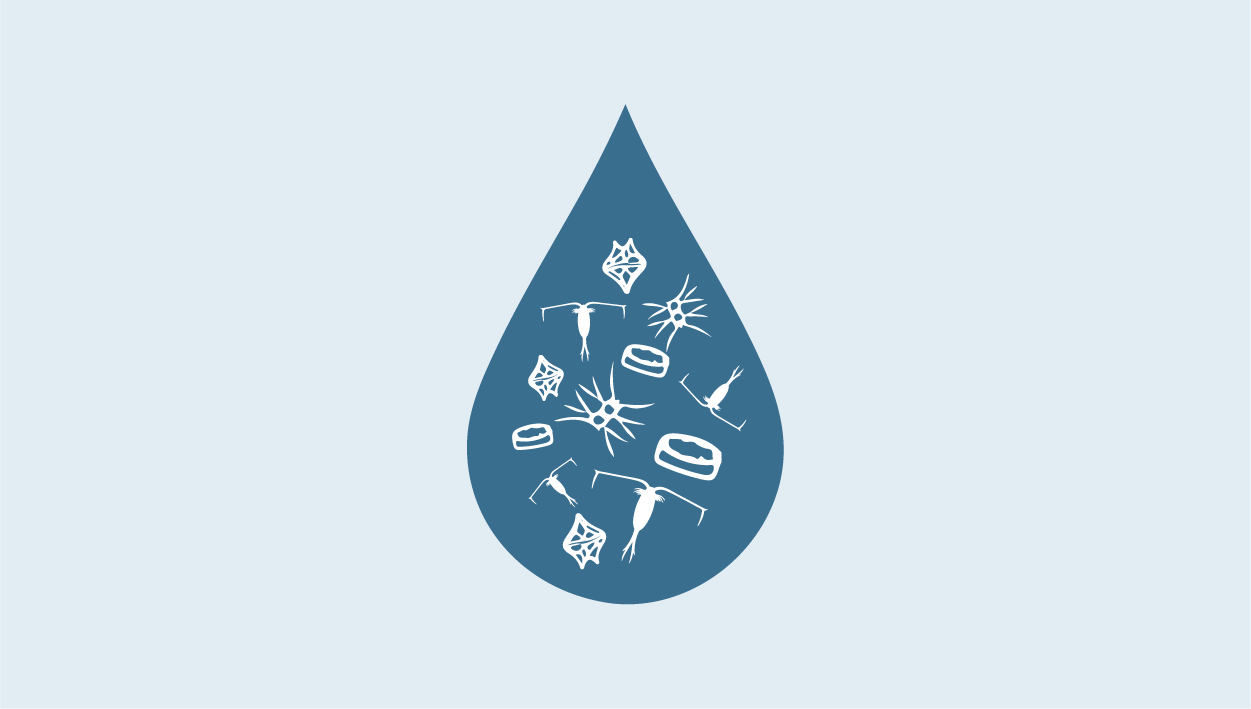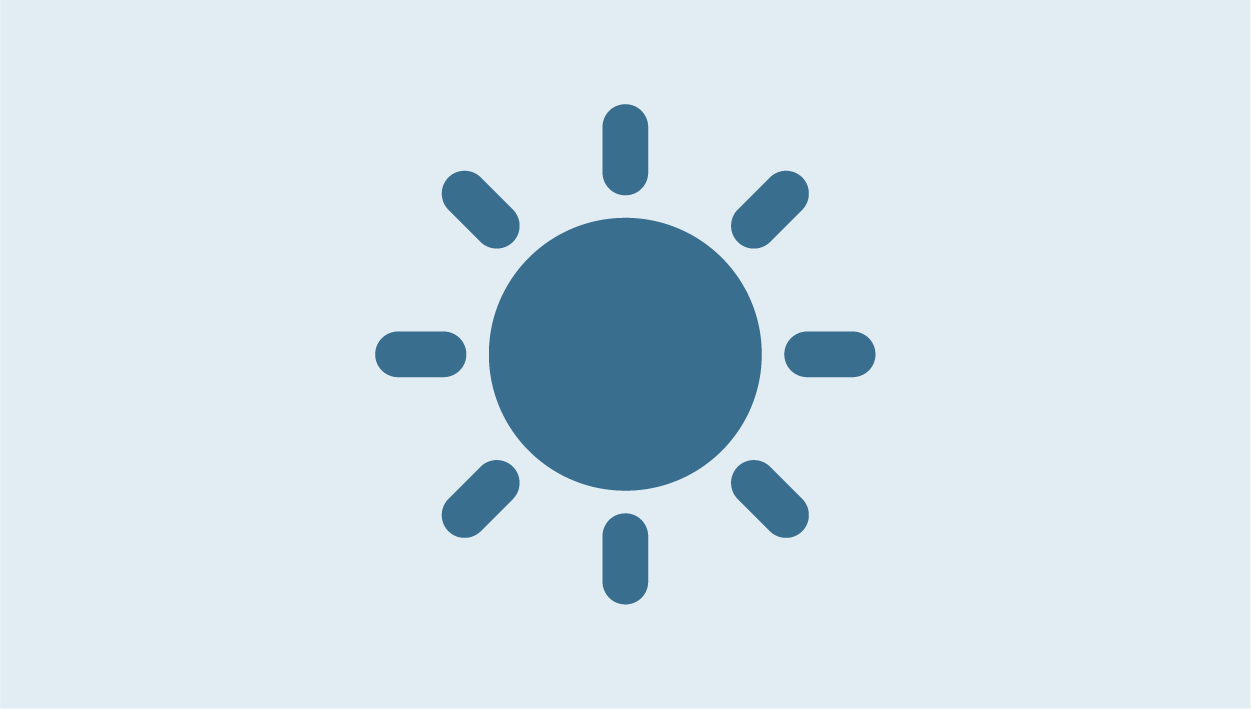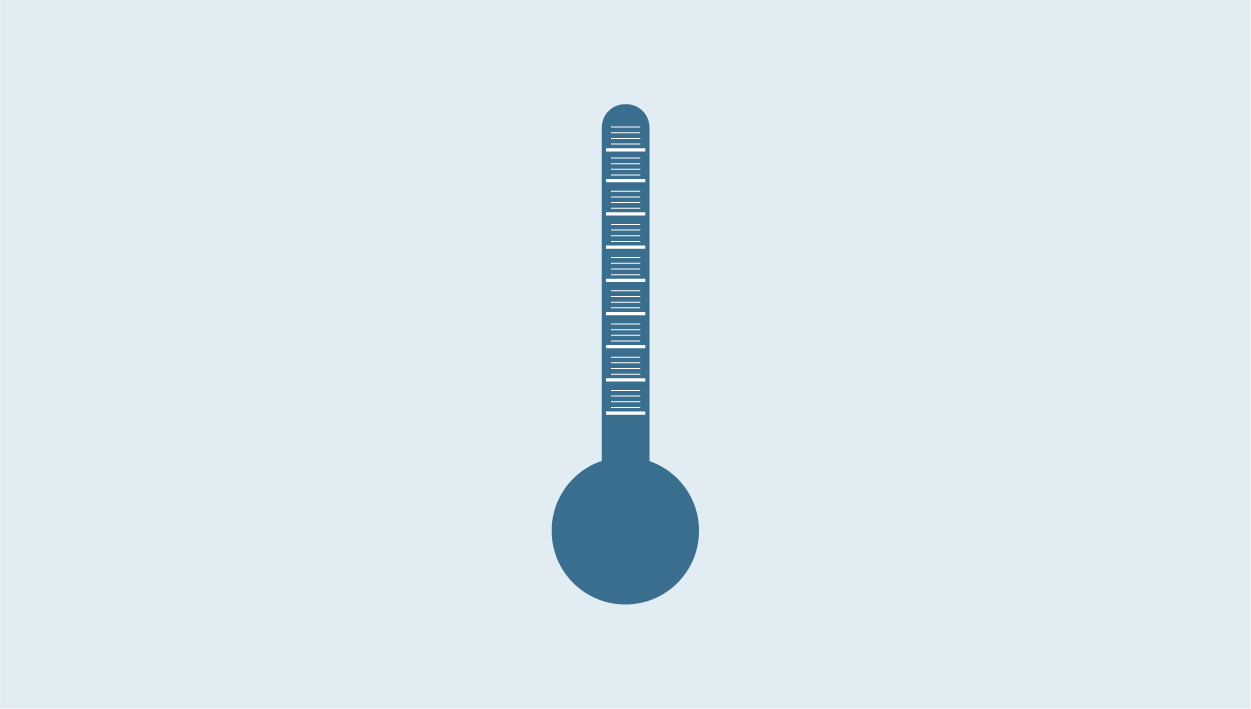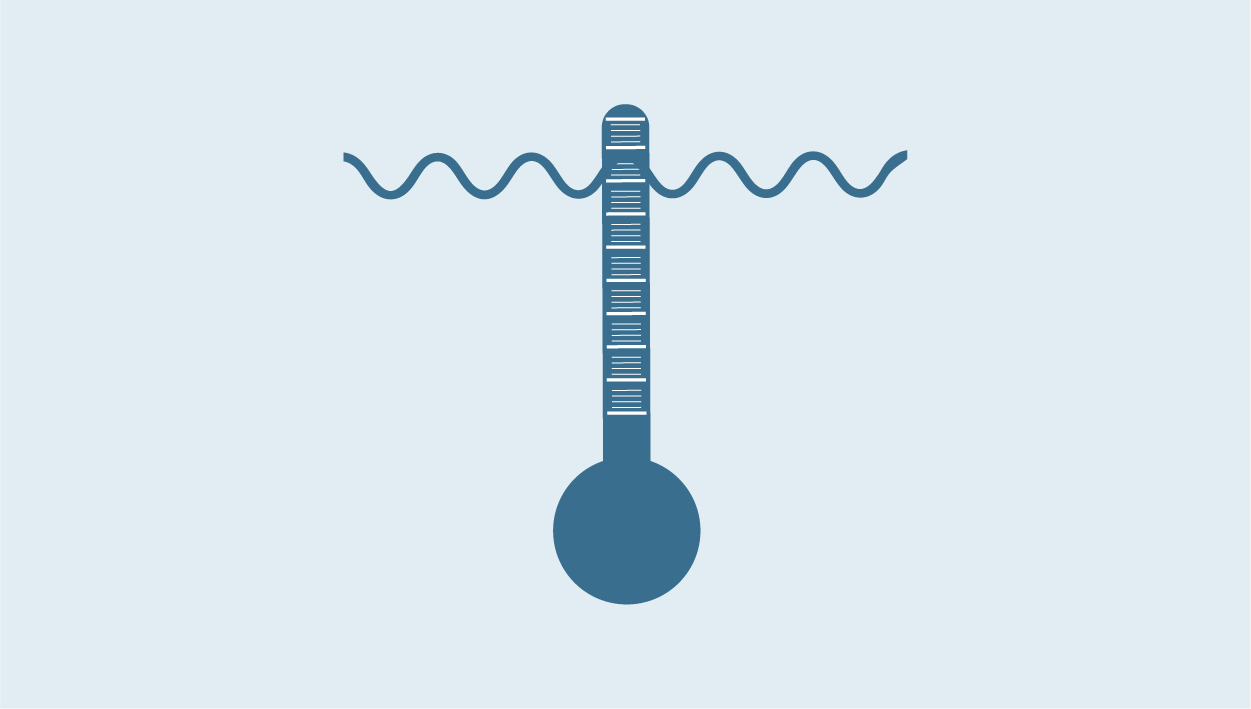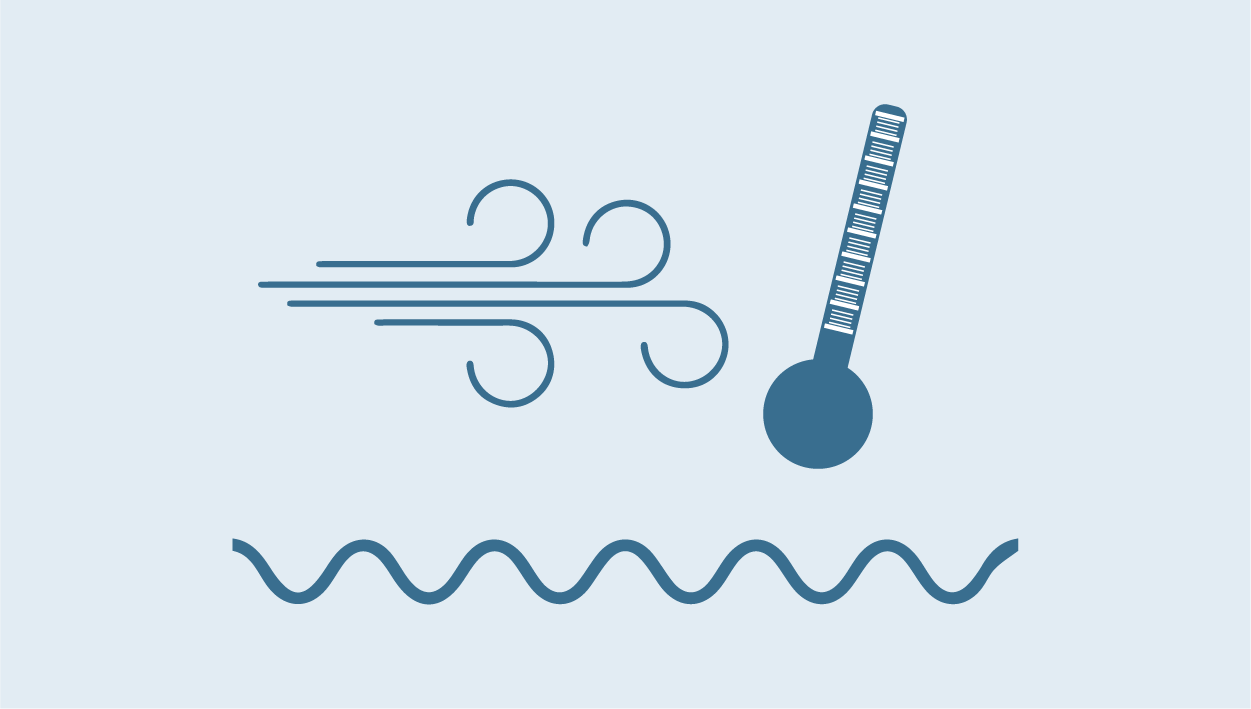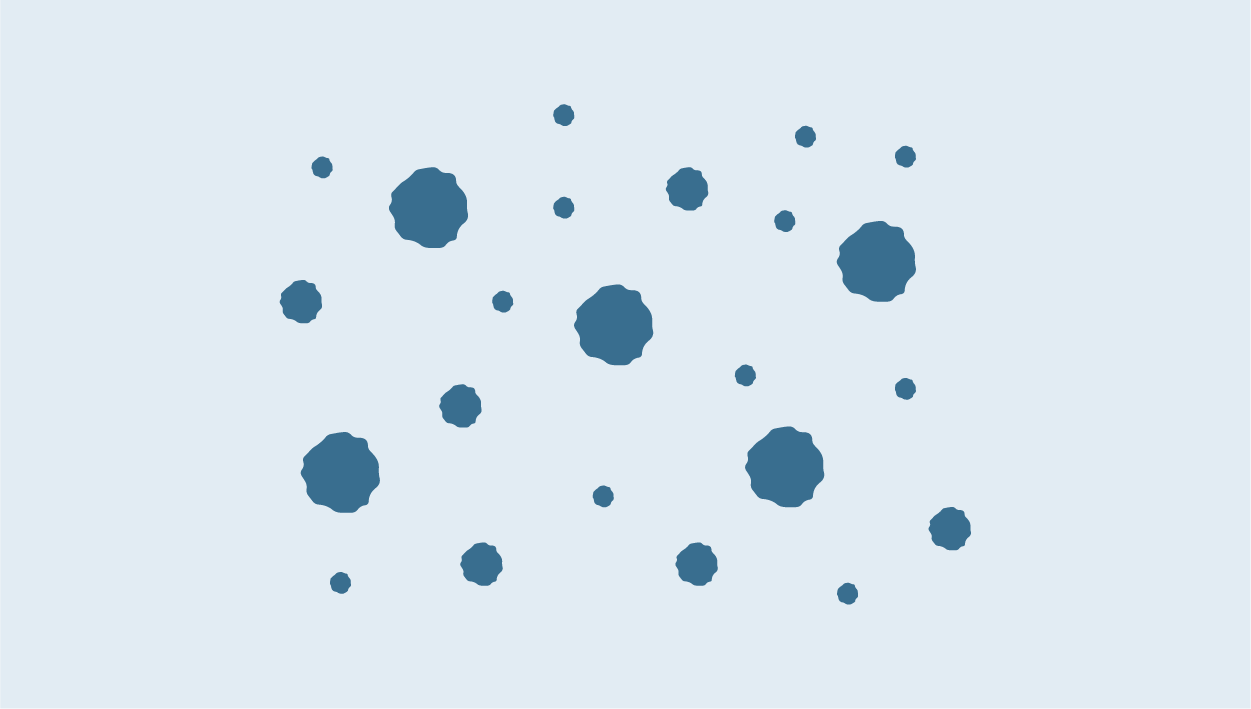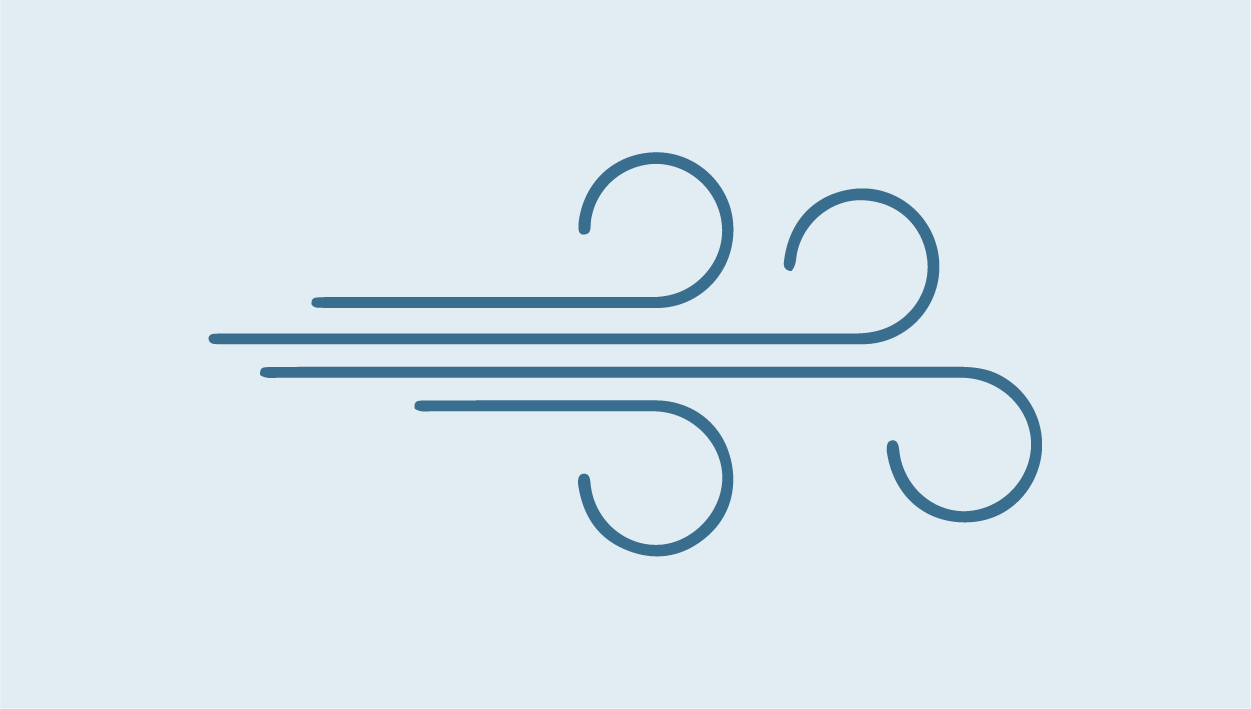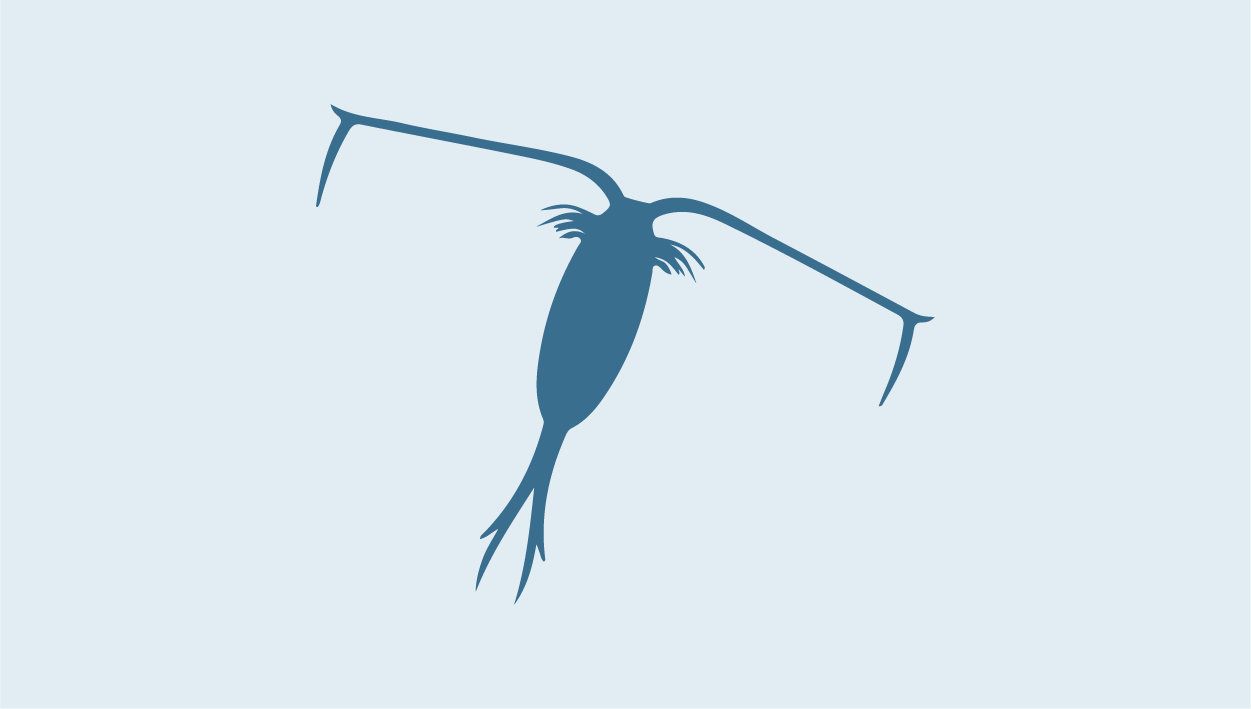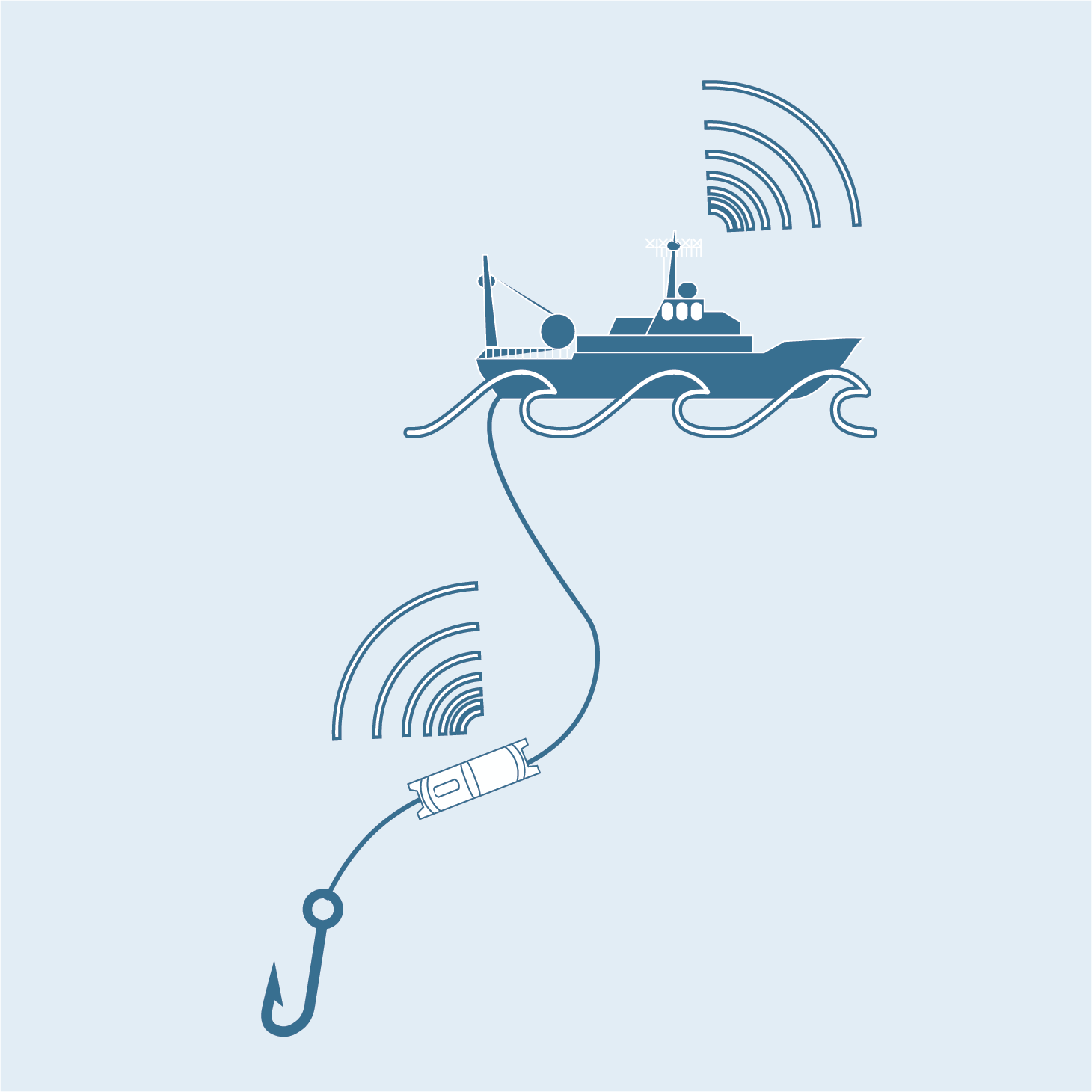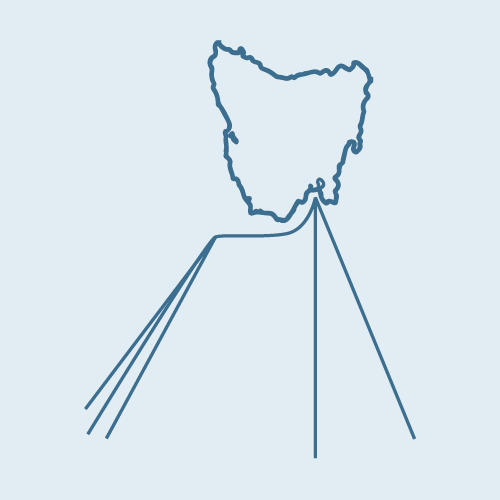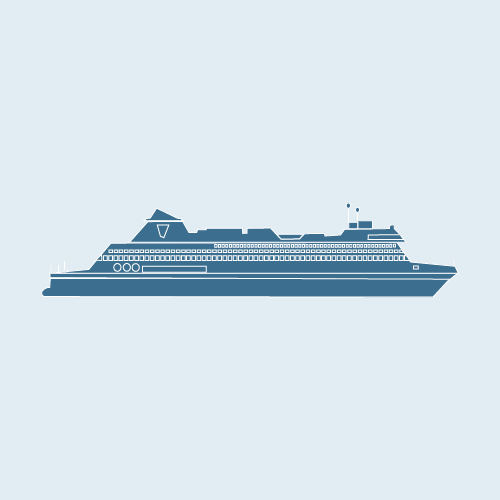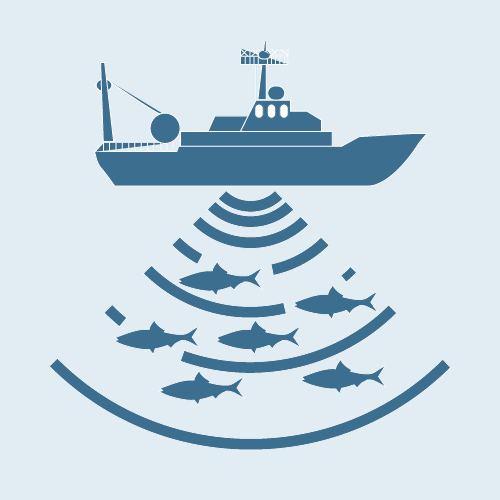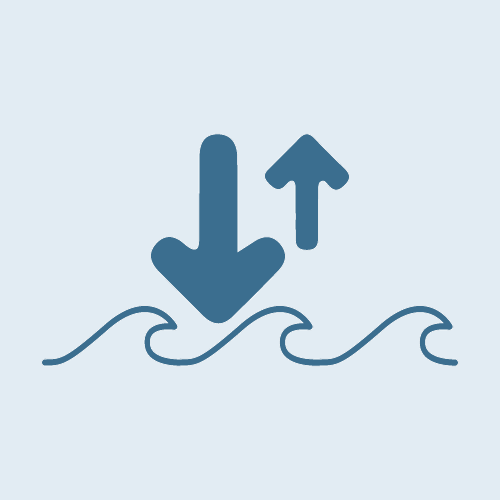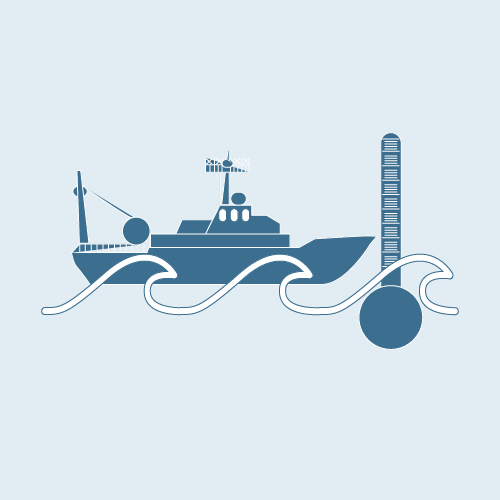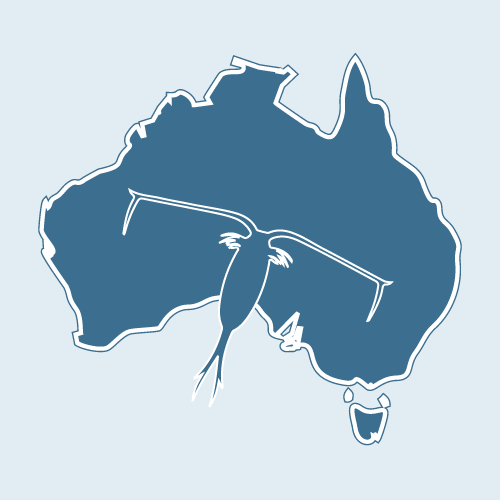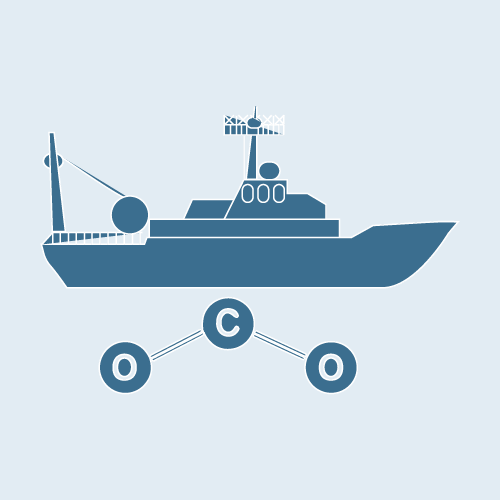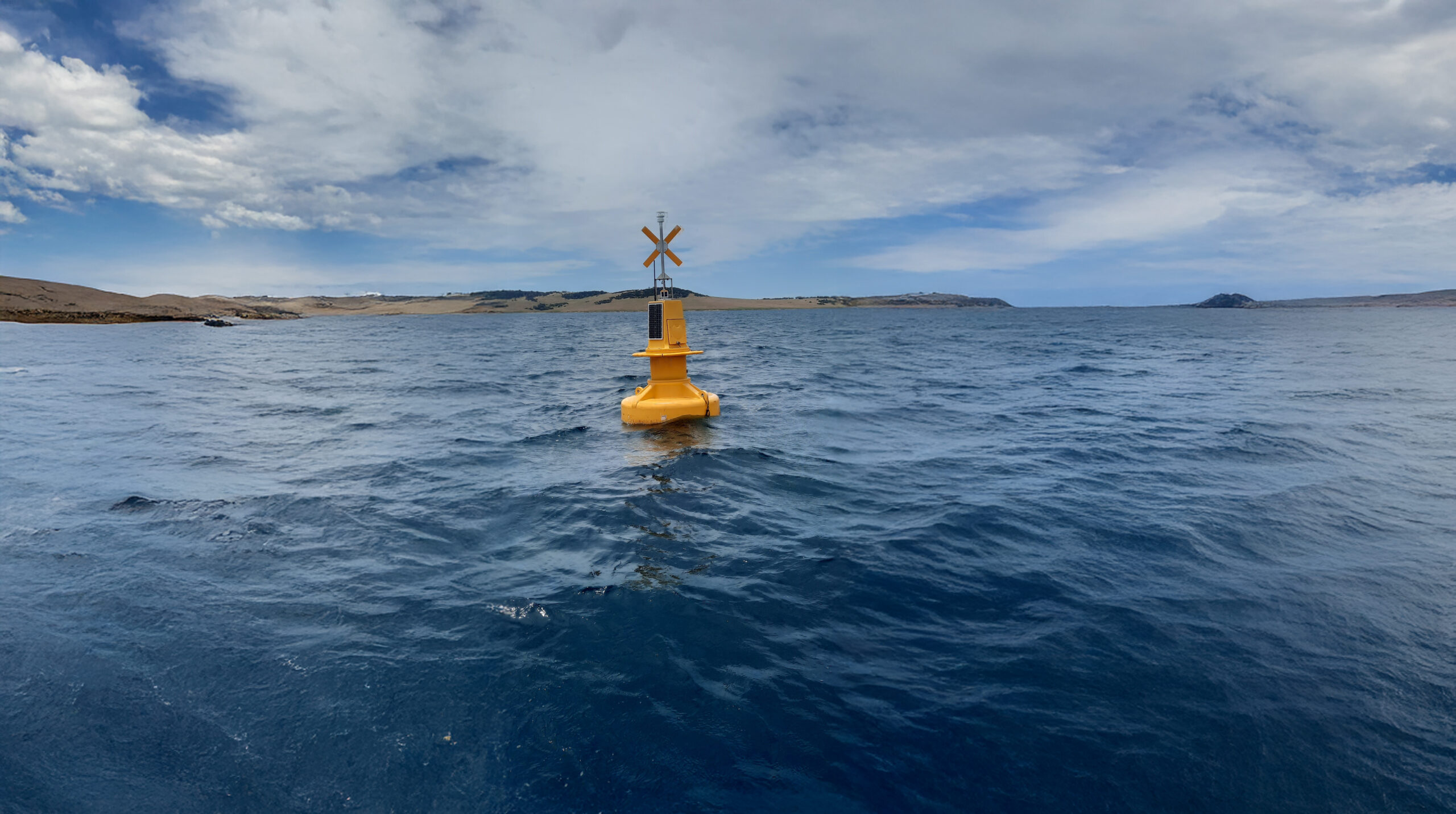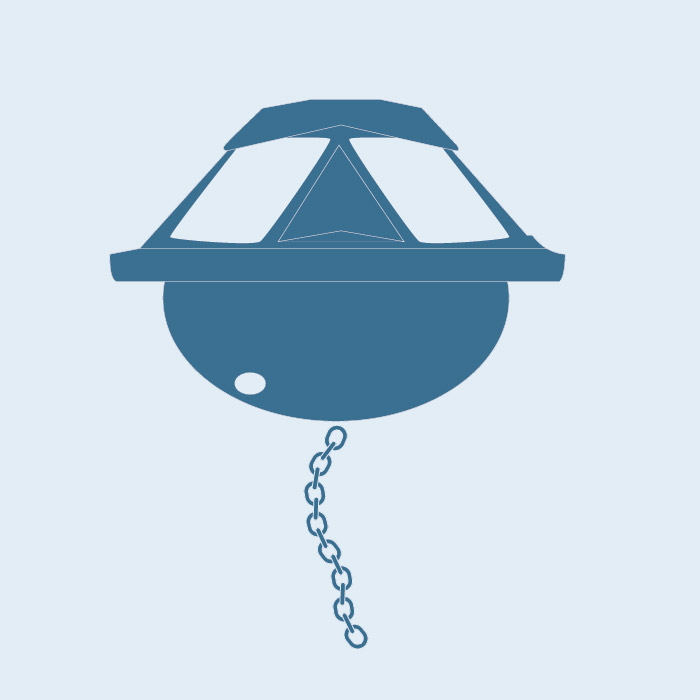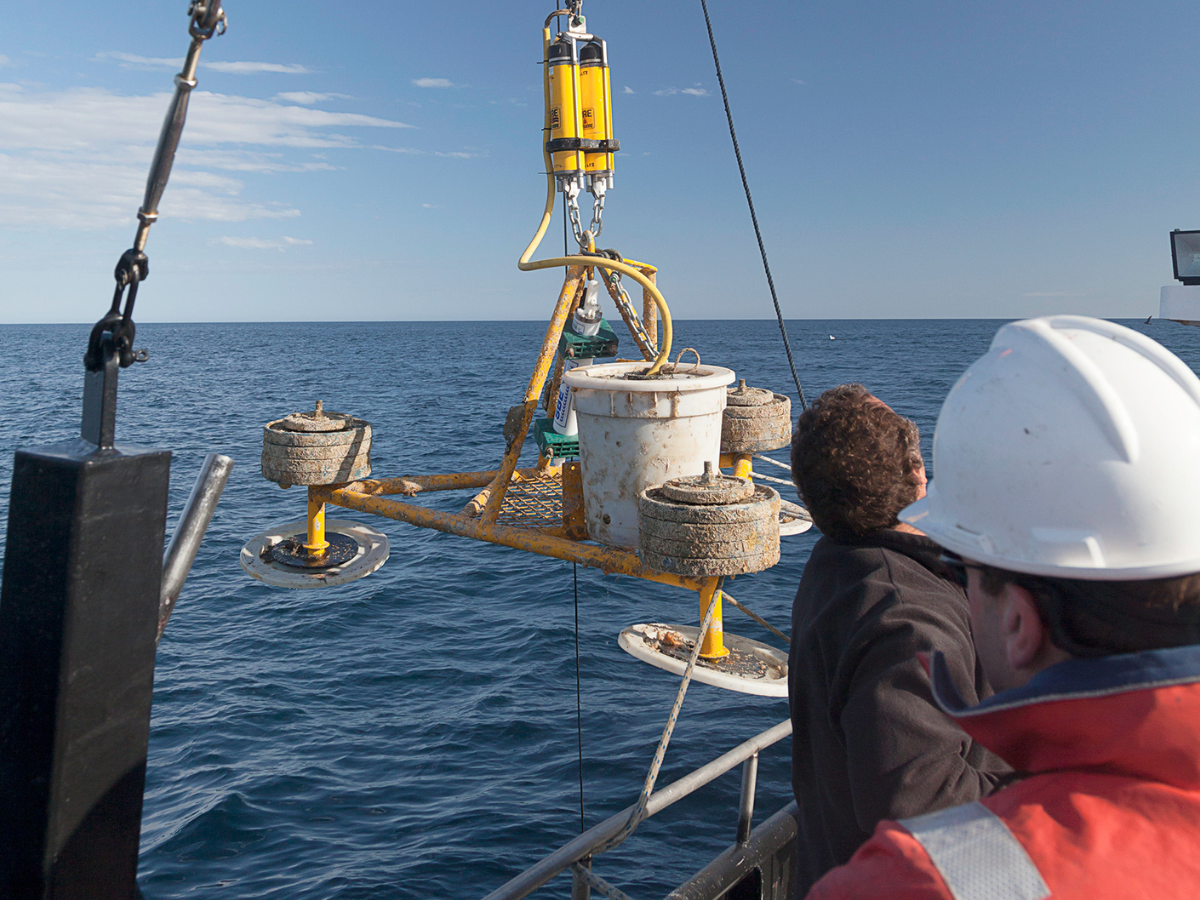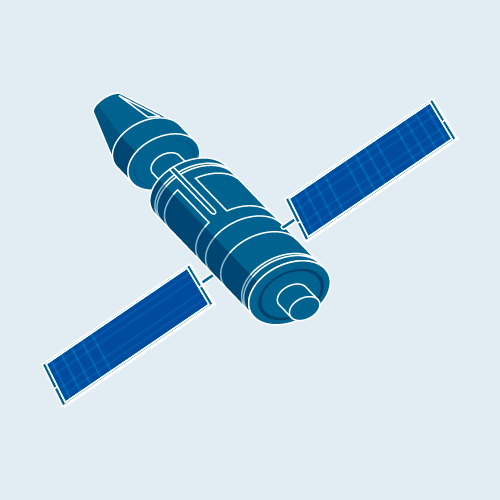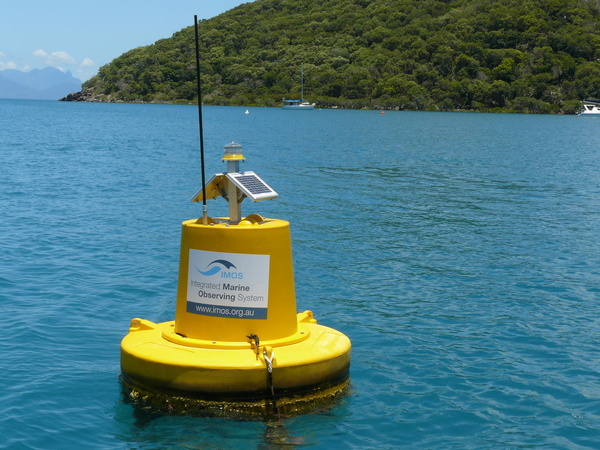Ships of Opportunity
Ships of Opportunity
The IMOS Ships of Opportunity (SOOP) Facility uses a combination of volunteer commercial and research vessels to collect data relating to physical, chemical and biological oceanography and ecology. As chartered vessels for equipment deployment are expensive and time consuming, the use of volunteer vessels, in addition to equipment especially designed to be deployed efficiently and without the need for high-level technical experience is at the core of the Ships of Opportunity Facility.
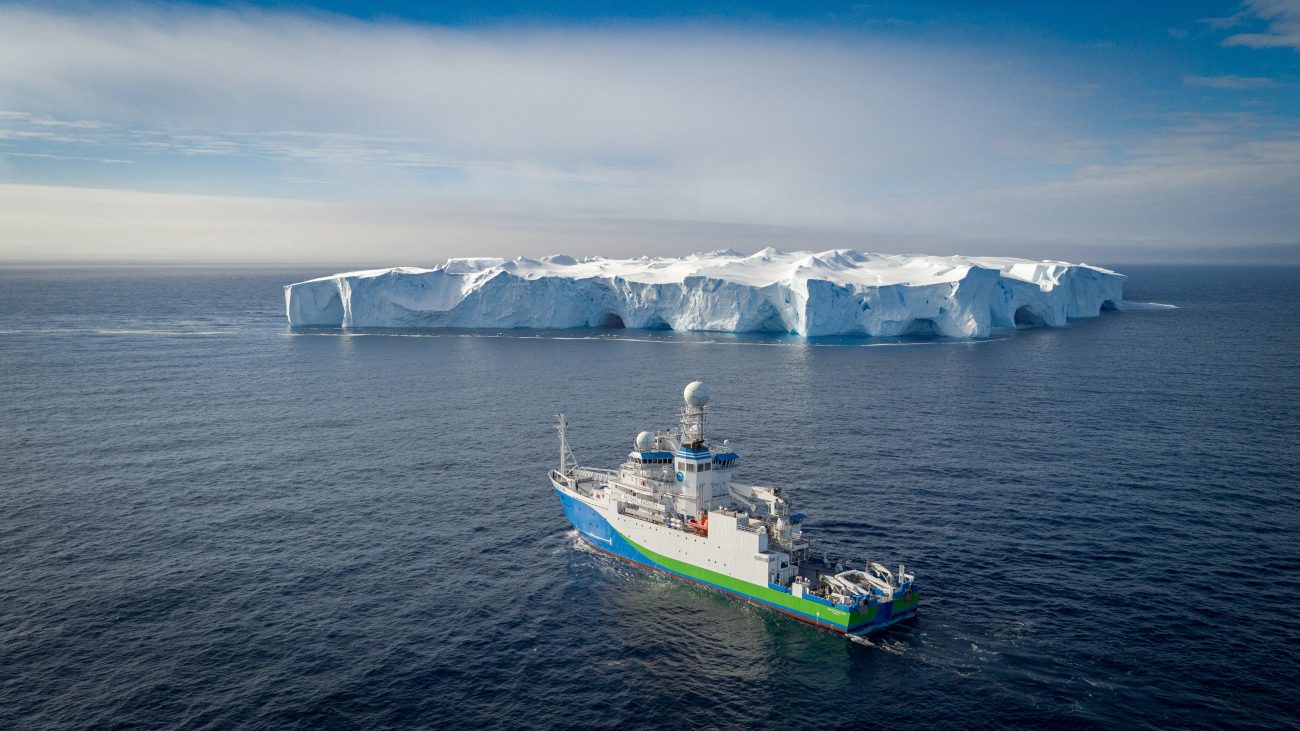
 CSIRO
CSIRO
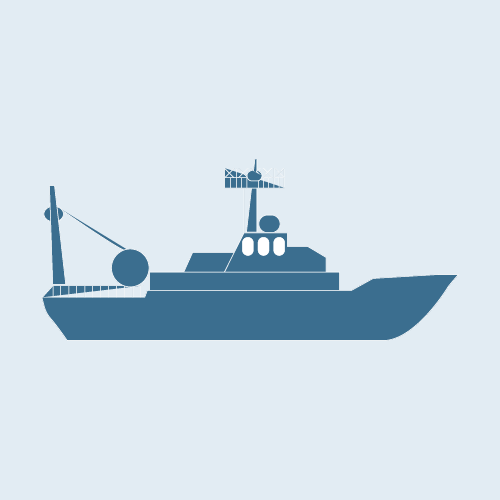

Why it’s important
The use of vessels that undertake continuous transects between ports or regions allow seasonal and annual datasets to be established. The Ships of Opportunity Facility builds upon similar pre-existing programs, expanding to collect a wider variety of data and increasing the number of vessels fitted with the various sampling equipment. The Ships of Opportunity Facility consists of nine different sub-facilities.
Key data streams
Select a key data stream to view all IMOS Facilities that collect that data.
Sub-Facilities
Inactive Sub-Facilities
Acknowledging IMOS
Users of IMOS data are required to clearly acknowledge the source material by including the following statement:
Australia’s Integrated Marine Observing System (IMOS) is enabled by the National Collaborative Research Infrastructure Strategy (NCRIS). It is operated by a consortium of institutions as an unincorporated joint venture, with the University of Tasmania as Lead Agent.
